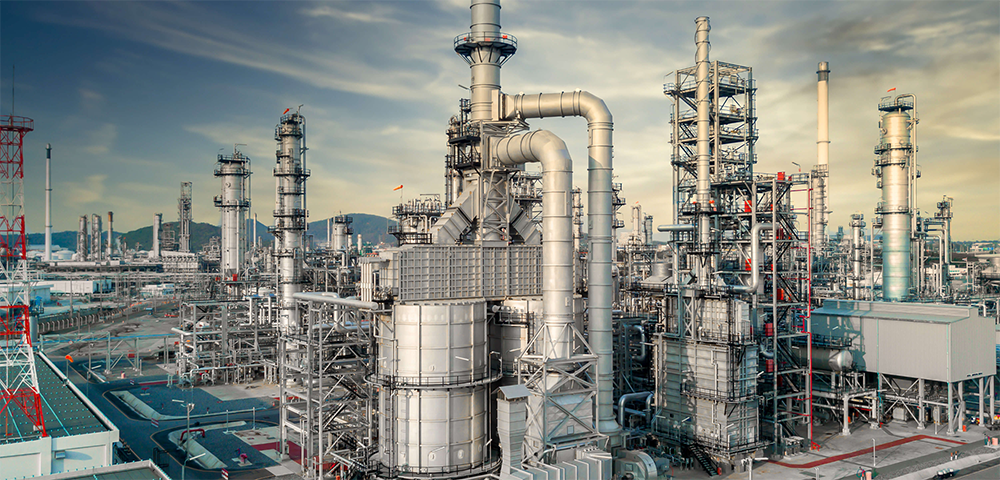Five Disposal Technologies of Industrial Solid Waste and Hazardous Waste
Solid waste treatment is a technology involving many fields, and the main technologies used are chemistry, physics and biology. The composition method of solid hazardous waste itself is very complex, and due to the different levels of economic development in different countries in the world, or the lack of investment in energy research, the current solid waste treatment technology in different regions also presents a state of difference. , even in different regions within a country, there will be imbalances in technological development.

I. Overview of Hazardous Solid Waste
Hazardous solid waste mainly comes from many sub-sectors of the industry, ranging from chemical, oil refining, metal, mining, and pharmaceutical industries. Hazardous solid waste may also be generated in our daily life. The types of this kind of waste are very complicated, and the most harmful to the environment and human body is the nuclear waste of nuclear reactors.
2. Disposal technology and application of solid hazardous waste
(1) Incineration
The main working principle of incineration treatment is to carry out high-temperature chemical treatment of solid hazardous waste to change the properties of the material itself. The significant advantage of this method is that the treatment efficiency is extremely high. Generally, it can reduce the volume of the material itself by more than 80%, and the residue after combustion. The physical properties are relatively stable and easy to follow-up processing. However, this method has been severely affected in recent years because of the production of fly ash during the incineration process, among which furans and brominated dioxins are very toxic.
(2) Curing treatment
Around the 1980s, relatively stable solidification technology was used in solid waste disposal by some old industrial countries. At first, it was used in the treatment of radioactive substances such as chromium slag and electroplating sludge, and achieved good application results. It was gradually promoted and used. At present, this solidification treatment technology is generally used in the stabilization treatment of various heavy metal substances.
(3) Rapid carbonation treatment
This technology was first proposed by Seifritz in 1990. Its main working principle is to expose the waste to a higher concentration of CO2 environment, so that the reaction speed is continuously faster. This method was originally used for mineral carbonation. Most wastes in the industry can react with CO2, such as iron and steel slag, waste lime, calcium carbide slag, abandoned building materials, etc. Due to the high content of heavy metal substances in these substances, about 80% of the carbonation reaction is carried out. of heavy metals will be consumed.
(4) Plasma gasification technology
This technology is the latest natural and harmless hazardous waste treatment technology. Its working principle is to convert hazardous waste into a mixed combustible gas of CO and H2 in a high temperature and anoxic environment. The technology is currently mainly used in the treatment of agricultural straw waste and municipal waste.
This technology has been used in the treatment of petroleum fertilizer, construction waste and medical waste in Europe and other regions. This hazardous waste can be decomposed, evaporated and oxidized in a high temperature environment due to its own flammability. But the requirements for equipment are higher.
(5) Supercritical water oxidation method
This technology has been popularized and used in developed countries such as Europe, America and Japan, and is mainly used in the treatment of organic wastewater, plastic degradation and biological sludge. The process of this processing method is relatively simple, but it will be affected by many factors. In the SCWO treatment process, if the organic matter in the medium water reaches 2%, the oxidation process can achieve complete self-heating, which can effectively save energy compared to other methods.
